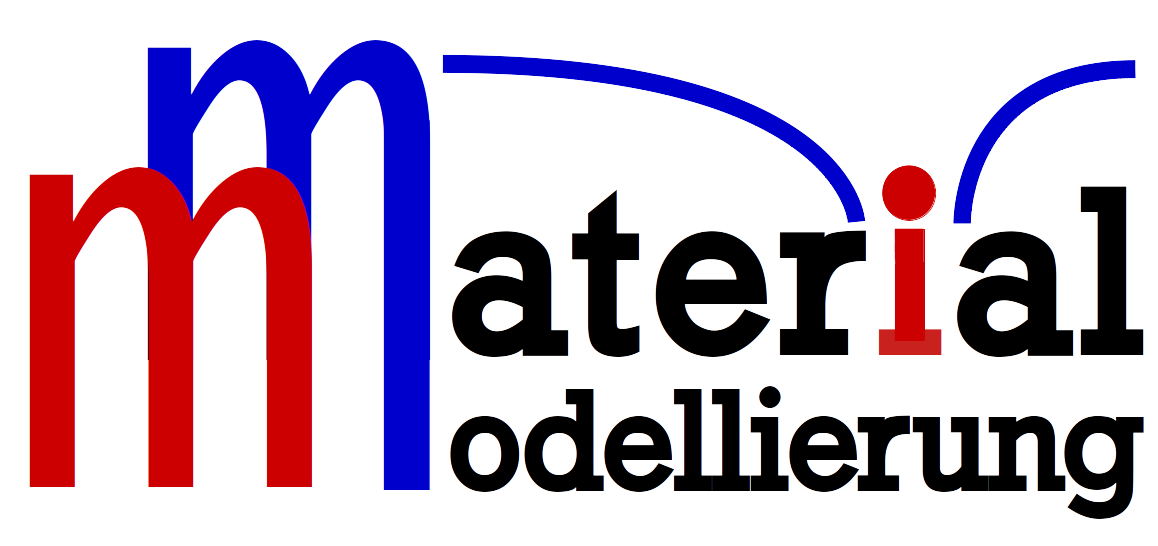Towards Co-free cathode materials
Influence of point defects on the phase diagram LiNiO2-NiO2.
2021/09/16 by K. Albe
By a combination of computer simulations, structural and electrochemical characterization researchers of BASF SE together members of the Materials Modelling Division of TU Darmstadt have unraveled the mystery of the phase diagram of the Co-free cathode material LiNiO 2 -NiO 2 .
The compositional phase diagram of LiNiO2 as a function of lithium content has been the object of numerous experimental and computational studies over the last two decades. Even between experimental studies, inconsistencies emerge on the position, width, and the very existence of single- and two-phase fields. Modelling of the phase diagram has always been a daunting task and resulted in the prediction of several stable Li phases that were not observed experimentally. Aiming at resolving the sources of discrepancy among experiments and between experiments and theory, we combine operando X-ray diffraction and Rietveld refinement with Monte Carlo simulations using a modified cluster expansion formalism at the Density Functional Theory (DFT) level. A surrogate lattice model pinpoints the influence of off-stoichiometry and elemental substitution on the phase diagram and phase transitions and yields an unprecedented match to experimental phase diagrams. We conclude that the first and foremost effect of both off-stoichiometry and elemental substitution is to disrupt Li ordering, suppress phase transitions and promote solid-solution behavior and the corresponding smoothing of discharge curves. Our model is particularly effective at reproducing the monoclinic domain and allows to draw a correspondence between electrochemical features (d|x|/dV curve) and Li-vacancy orderings (including the first identification of a Li5/8NiO2 structure).





